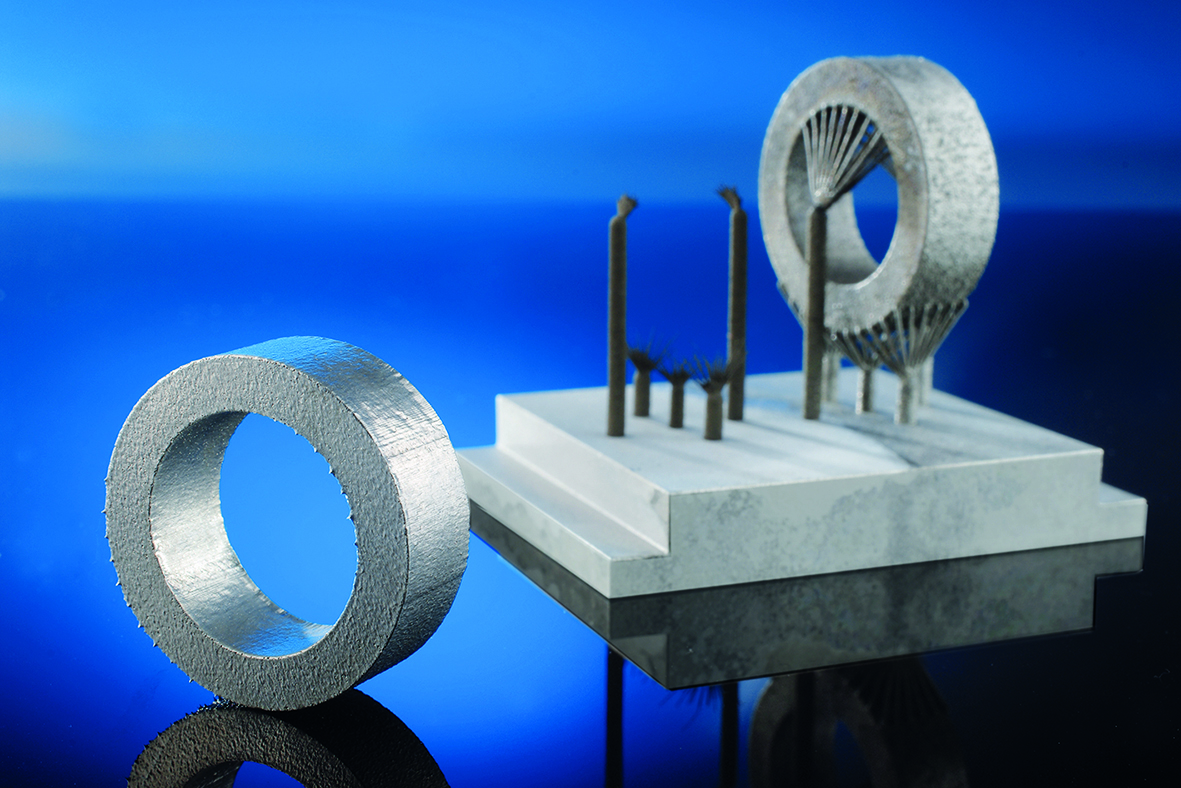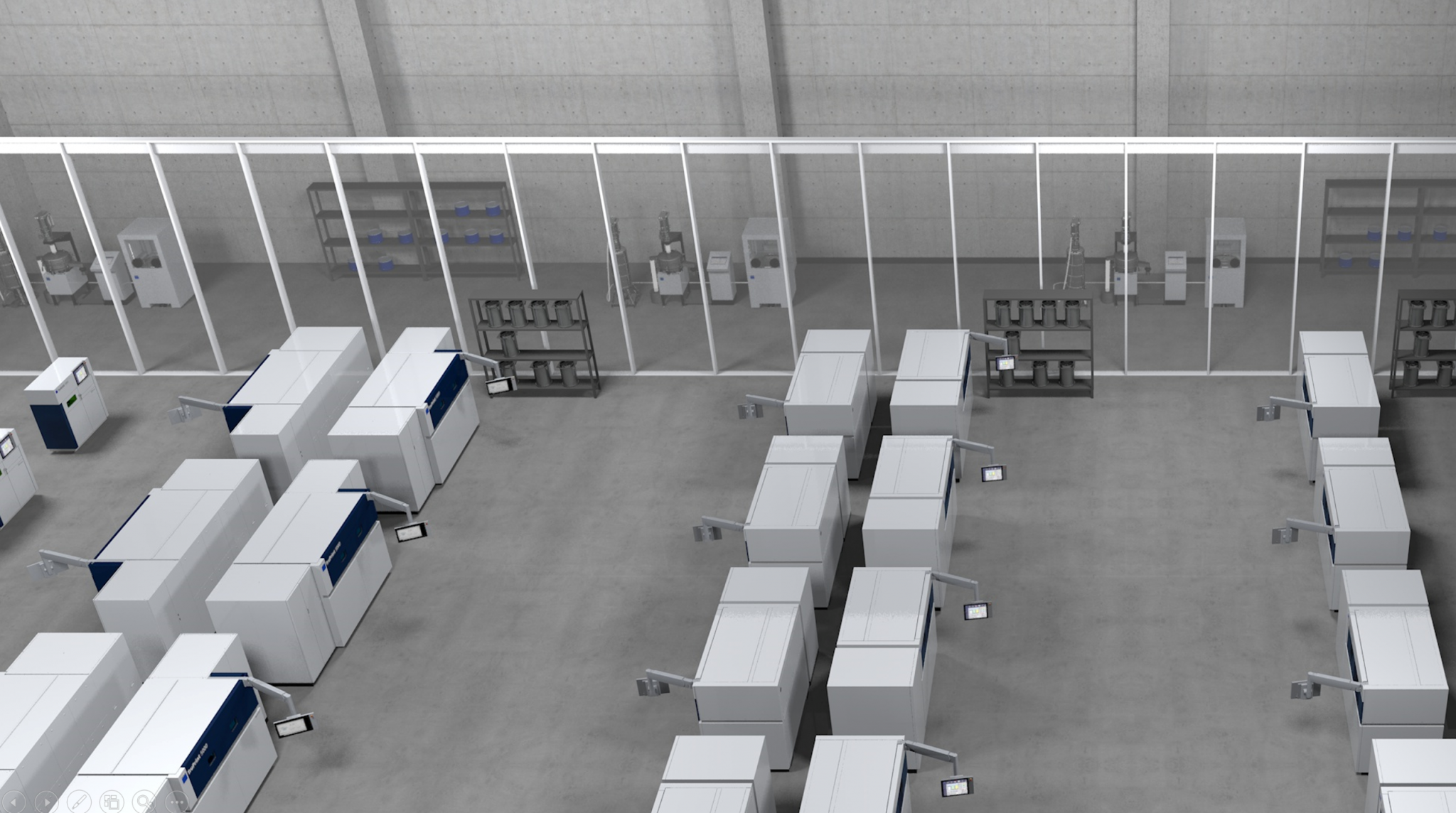The German Federal Ministry of Education and Research (BMBF) project has concluded after three years of examining the “Integration of Additive Manufacturing Processes in Automobile Series Production,” also known as “AutoAdd.”
Coordinated by Daimler AG, a German multinational automotive corporation, this BMBF project included BMW Group, GKN Sinter Metals Engineering,TRUMPF, Autodesk, as well as the Fraunhofer Institute for Laser Technology ILT and the Karlsruhe Institute of Technology (KIT).
The project partners focused on integrating Laser Powder Bed Fusion (LPBF) into automotive mass production environments to create a cost-effective hybrid process chain.
The BMBF initiative
Founded in 1994, the BMBF aims to bring light into production under the term “Photonic Process Chains.”Therefore, photon-based manufacturing processes such as metal additive manufacturing into product planning processes. Thus, the 14 projects from the BMBF, including AutoAdd, focus on developing flexible, manufacturing conceptual designs, which the industry can use to produce complex products more efficiently.
As a result of the AutoAdd project, the project partners created production-ready optical designs, an interchangeable cylinder principle, and a modular system architecture, which enables the use of multiple beam sources. Furthermore, the project team developed promising automatable post-processing concepts, including removal of support structures, and novel scalable materials.

The AutoAdd project
The AutoAdd project began in 2015 with an estimated €3.37 million worth of funding – 57% of which was provided by the BMBF. Each partner conducted specific roles in accelerating LBPF technologies in automotive. KIT evaluated various possible LPBF plant concepts using a simulation model.
According to the Fraunhofer partners, modular cylinders and wet-chemical immersion baths can now be used to remove, batchwise components in the post-processing step; this has allowed automation within the entire process chain. Ultimately, this can increase the overall profitability of LPBF processes.
The AutoAdd project team has also developed standard metrics for the evaluation of LPBF manufacturing equipment and identified them for the most popular equipment manufacturers as part of a large-scale benchmarking exercise. The Fraunhofer partners added:
“One of the most important points needed to make additive manufacturing technology ready for series production – the reproducibility of the mechanical properties – was demonstrated and evaluated in several state-of-the-art facilities. Integrating an economic additive process chain in automotive mass production can now be considered possible after the end of the project.”
Moreover, this research project encouraged four dissertations, which have been used in lectures. Next year, another project will be initiated, partly based on the results of AutoAdd, dealing with the line-integration of additive manufacturing processes.

For the latest developments on this BMBF project as well as news related to 3D printing subscribe to our free newsletter. Also, follow us on Twitter and like us on Facebook.
Join 3D Printing Jobs now to search for the next step in your career.
Featured image shows an Additive Manufacturing Factory concept of the future. Image via Fraunhofer.


